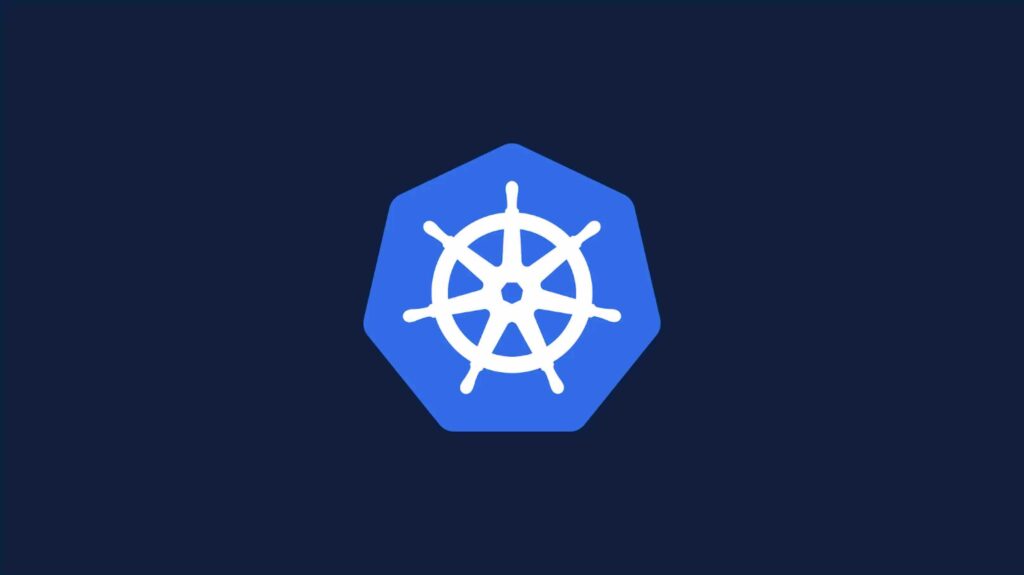Part II: Setting Up the EKS Environment – The Nuts and Bolts

Welcome to the second part of our series on transitioning stateless Node.js API workloads from Amazon EC2 to Amazon EKS. Here, we’ll delve into the details of setting up your EKS environment, dockerizing your Node.js application, and preparing Kubernetes configurations. Bear in mind that this guide is explicitly tailored for stateless workloads and doesn’t delve into the intricacies of migrating stateful services or databases.
1. Preparing Your EKS Environment
The first order of business in the transition process is to establish your EKS environment. In this stage, it’s essential to identify capacity requirements that take into account the scale and scope of your operations. This involves the type and number of instances, such as EC2 instances that will form the backbone of your Kubernetes nodes.
You’ll also need to determine how many Kubernetes nodes will be needed. This requires a deep understanding of the workload your services are going to handle. Remember to account for redundancy and high availability needs.
Additionally, ensure you have enough elastic IP addresses available, particularly if you plan to use AWS’ Elastic Load Balancer (ELB) or assign public IPs to your worker nodes. Elastic IP addresses are static IPv4 addresses designed for dynamic cloud computing.
When establishing this infrastructure, it’s vital to think long-term. Your setup should be scalable and robust, capable of accommodating projected workload increases over the next year or more. Future-proofing your system in this way can save you considerable time and resources down the line.
2. Dockerizing Your Node.js Application
The next phase involves preparing your Node.js application for the journey to EKS, which means containerizing it with Docker. This process involves building a Dockerfile, a text document that contains all the commands a user could call on the command line to assemble the application’s image.
The Dockerfile will instruct Docker to include all the necessary runtime environment settings, dependencies, and configuration files your application needs. It also outlines how your application should start, often involving commands to launch your Node.js application.
Once the Dockerfile is correctly configured and tested, you can use it to build your Docker image. This image is then pushed to a Docker registry – a repository for Docker images – from which it can be pulled during the deployment phase.
3. Kubernetes Manifests and Helm Charts
Having containerized your application, the next step is to define how it will be deployed and run within the Kubernetes environment. This is done through Kubernetes manifests – YAML or JSON formatted files that describe the state of your resources.
These manifests detail everything about your applications, from the number of replicas for each service, environment variables, to the CPU and memory limits, and much more.
To streamline the management of these manifests, consider using Helm, a package manager for Kubernetes. Helm uses a packaging format called charts. A Helm chart is a collection of files that describe a related set of Kubernetes resources. These charts can be versioned, shared, and published – so you can even use charts shared by others.
4. Determining and Setting CPU and Memory Limits
Optimizing resource utilization is a critical part of ensuring the efficiency of your EKS system. One of the ways Kubernetes achieves this is by enabling you to set ‘requests’ and ‘limits’ for CPU and memory on your Pods.
To begin this process, it’s essential to analyze your application’s current resource consumption. Tools like AWS CloudWatch can provide valuable metrics on CPU and memory utilization during peak and off-peak times. Monitoring these parameters for several days or a week can give you a solid understanding of your application’s resource needs.
With this data, you can then set appropriate ‘requests’ and ‘limits’ in your Kubernetes Deployment YAML:
resources:
requests:
memory: "64Mi"
cpu: "250m"
limits:
memory: "128Mi"
cpu: "500m"
Replace “64Mi”, “250m”, “128Mi”, and “500m” with the values that best suit your application.
Remember, it’s essential to continually monitor your application’s resource usage in the new environment and make adjustments as necessary. Kubernetes Metrics Server, Prometheus, or the Horizontal Pod Autoscaler can assist with this task.
5. Preparing Your CI/CD Pipelines
Lastly, your CI/CD pipelines need to be evaluated and potentially restructured to work smoothly in the new EKS environment. This step might involve adding new build steps to create and push your Docker image, updating deployment scripts to include Helm or kubectl commands, or integrating new test cases to validate your deployments in the EKS environment.
It’s important to ensure your CI/CD pipelines are capable of efficiently handling the new tasks necessary in an EKS environment. This enables seamless deployments, quick rollbacks, and contributes to overall robust system operation.
Conclusion
Part II of this series emphasized preparing the EKS environment, dockerizing your Node.js application, setting Kubernetes configurations, and defining resource limits. These steps are crucial in readying your workloads for the transition to the EKS environment. In the forthcoming Part III, we’ll guide you through executing the actual transition, phase by phase, and provide tips for continuous monitoring and improvement. Stay tuned!